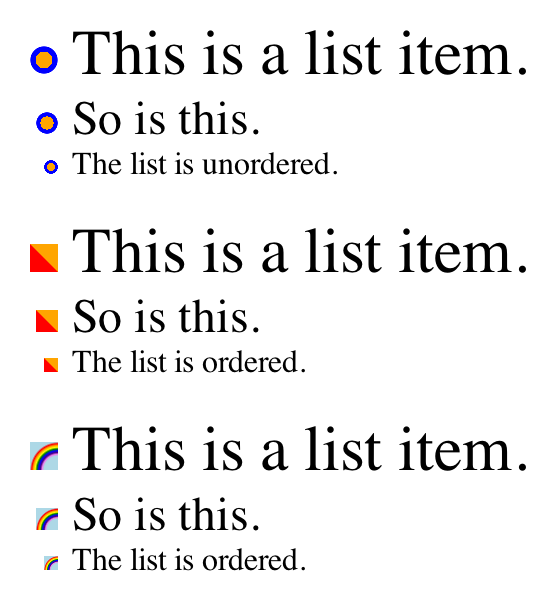Big Little Heroes
Published 10 years, 3 months pastOn March 15th, 2015, there will be a St. Baldrick’s Foundation fundraising event at the Cleveland Heights Community Center. At last year’s event, Rebecca was there, running around and flipping out (in a good way) as her sister Carolyn shaved to raise money. She gave a big hug to her kindergarten teacher, who had shown up to surprise her and had his head shaved as well. She was, to all appearances, a totally normal and healthy kid, so full of life that many people there didn’t realize she was one of the honorees.
Four days later was the MRI that revealed the second tumor, the one that killed her two months later.
This year, Carolyn will not be shaving her head, though she is again captaining the team for her elementary school. In her place, Rebecca’s best friends in the world — the kids from her infant playgroup, as well as her friend Ruth — will be cutting their hair or shaving their heads to raise money in Rebecca’s honor. If you want to make a difference in their lives, as well as the lives of children who have or will one day have cancer, please consider donating to one or all of these brave kids:
Some of them took years to grow enough hair to comb, let alone braid. And yet, even at their ages, they are willing to sacrifice that hair in order to do something positive. We are so, so grateful to them all.

We are also very grateful to St. Baldrick’s for working with us over the past few months to establish The Rebecca Alison Meyer Fund for Pediatric Cancer Research. This “Hero Fund” is specifically designed to fund promising research into the prevention of tumor reemergence, as well as glioblastoma research in general. As we say on the Fund’s page:
We were told after [Rebecca’s] first tumor was biopsied that if another tumor appeared, all we could do was watch her die. There were no studies to try to prevent the reoccurrence of the tumor. Once it did recur, there were very limited study options, none of which were life saving — only life prolonging. This is typical of so many types of tumors.
You cannot imagine, unless you’ve lived it, what it’s like to know that your child has a rapidly deteriorating terminal condition about which nothing can be done. There are no words to describe it. “Helpless” doesn’t begin to come close. We hope that Rebecca’s Fund can, in whatever way, however small, help even one family avoid that nightmare. We hope it can help many, many families avoid it.
You can donate directly to Rebecca’s Fund if you prefer, but please note that all funds raised for the March 15th Cleveland Heights event will be counted as part Rebecca’s Fund. So please, if you’re inclined to support the Fund, donate to one or all of Rebecca’s friends listed above, because donating to them means donating to the Fund as well. Thank you.

